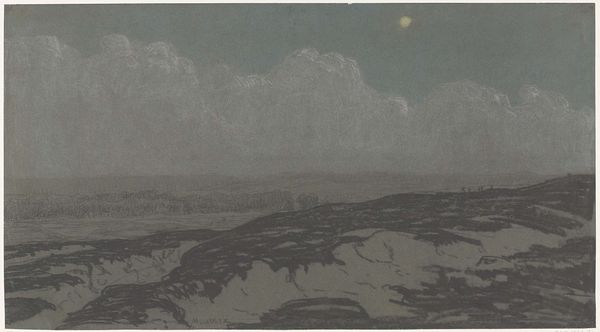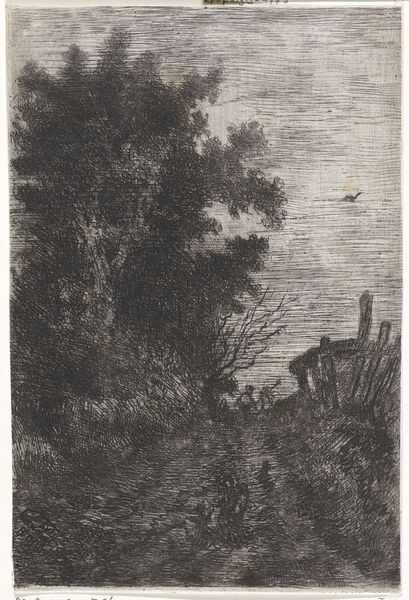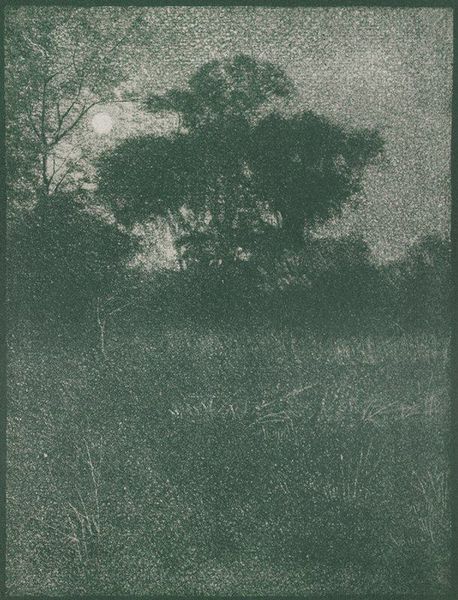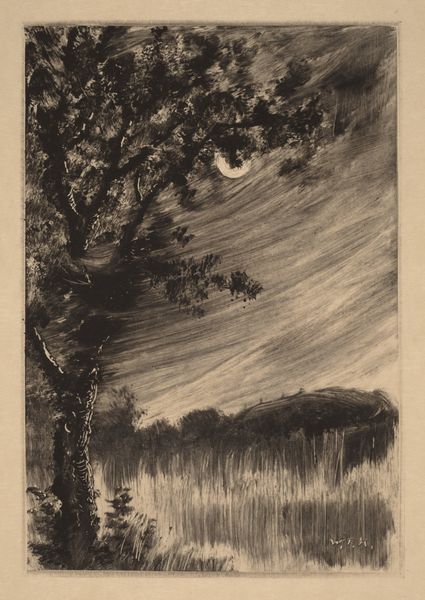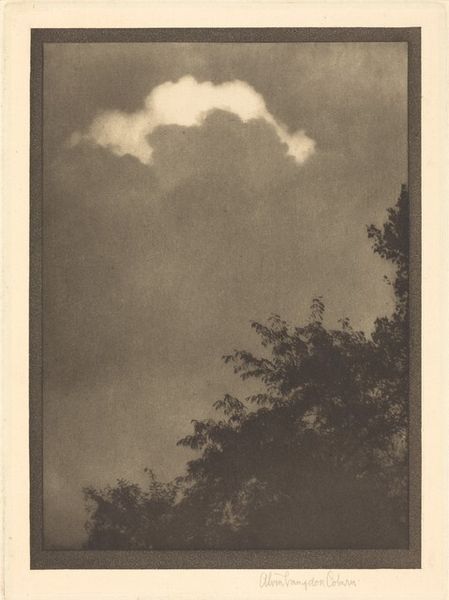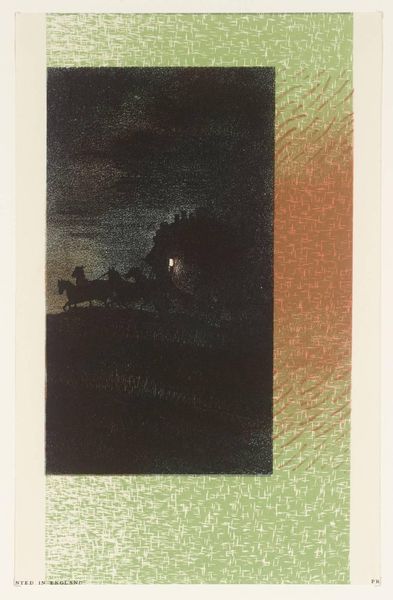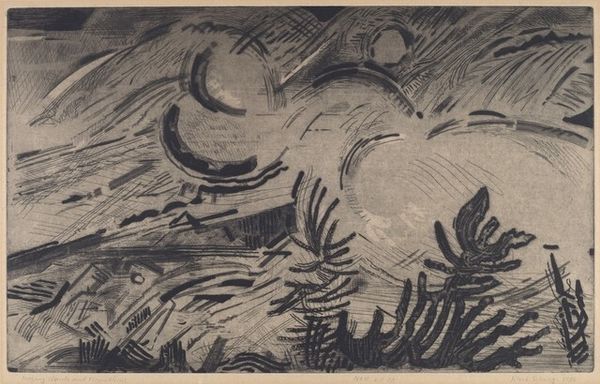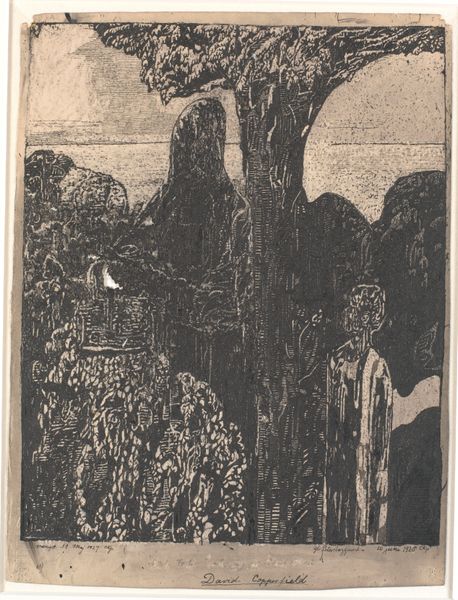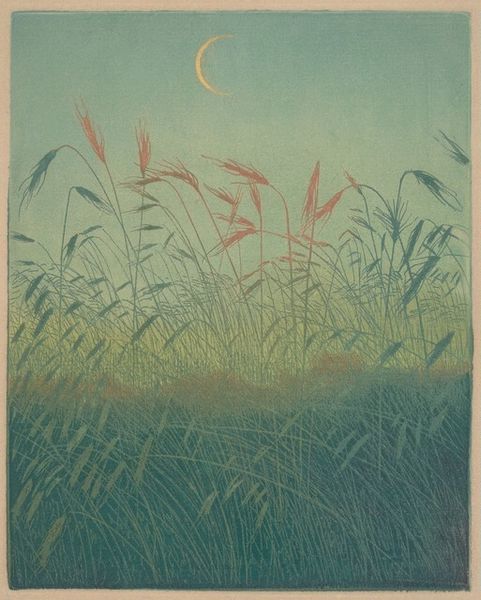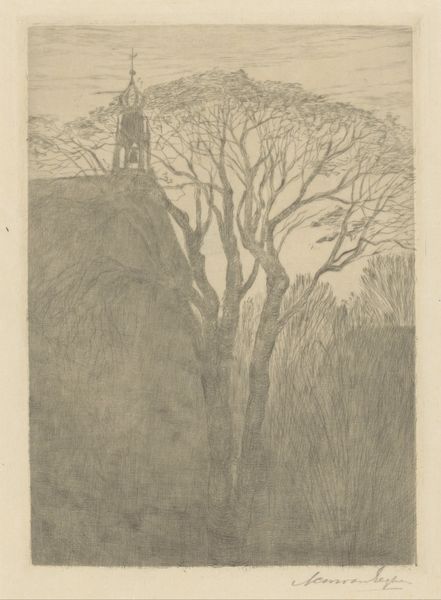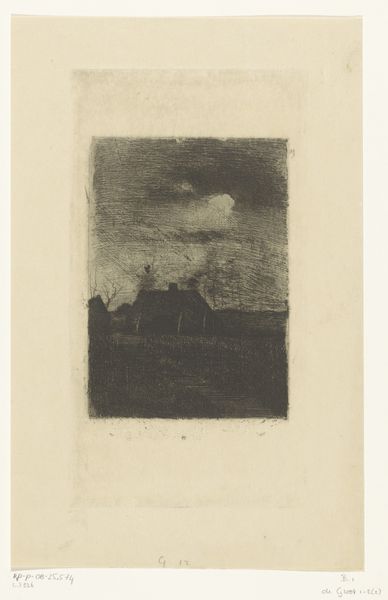
print, etching, engraving
#
dutch-golden-age
# print
#
etching
#
landscape
#
river
#
linocut print
#
cityscape
#
engraving
#
realism
Dimensions: height 143 mm, width 105 mm
Copyright: Rijks Museum: Open Domain
Hercules Segers made this evocative landscape, sometime in the early 17th century, using etching and aquatint. What’s especially interesting here is Segers’s experimental approach. Notice the overall tonality, which evokes the atmosphere of dusk. This was achieved by layering ink onto the plate, and biting it with acid to create a rough surface. But the real innovation was that Segers often printed his plates in color onto textiles and then added details by hand. Each impression thus became a unique variant. Segers was working at a time when printmaking was becoming increasingly important, both as a means of reproducing images and as a form of artistic expression in its own right. He really pushed at the boundaries of what was possible, treating etching more like painting. Ultimately, it’s this emphasis on materiality, process, and the skilled hand that makes Segers’s work so compelling, and so important to our understanding of art history beyond the traditional divide between fine and applied arts.
Comments
rijksmuseum about 2 years ago
⋮
Over an impression of the first plate in black (RP-P-H-OB-799), Segers used a second plate to print the pale yellow highlights. This may be the earliest example of what is called printing in register. The blue prepared paper makes the scene look like a nocturnal landscape over which an invisible moon casts its light.
Join the conversation
Join millions of artists and users on Artera today and experience the ultimate creative platform.
